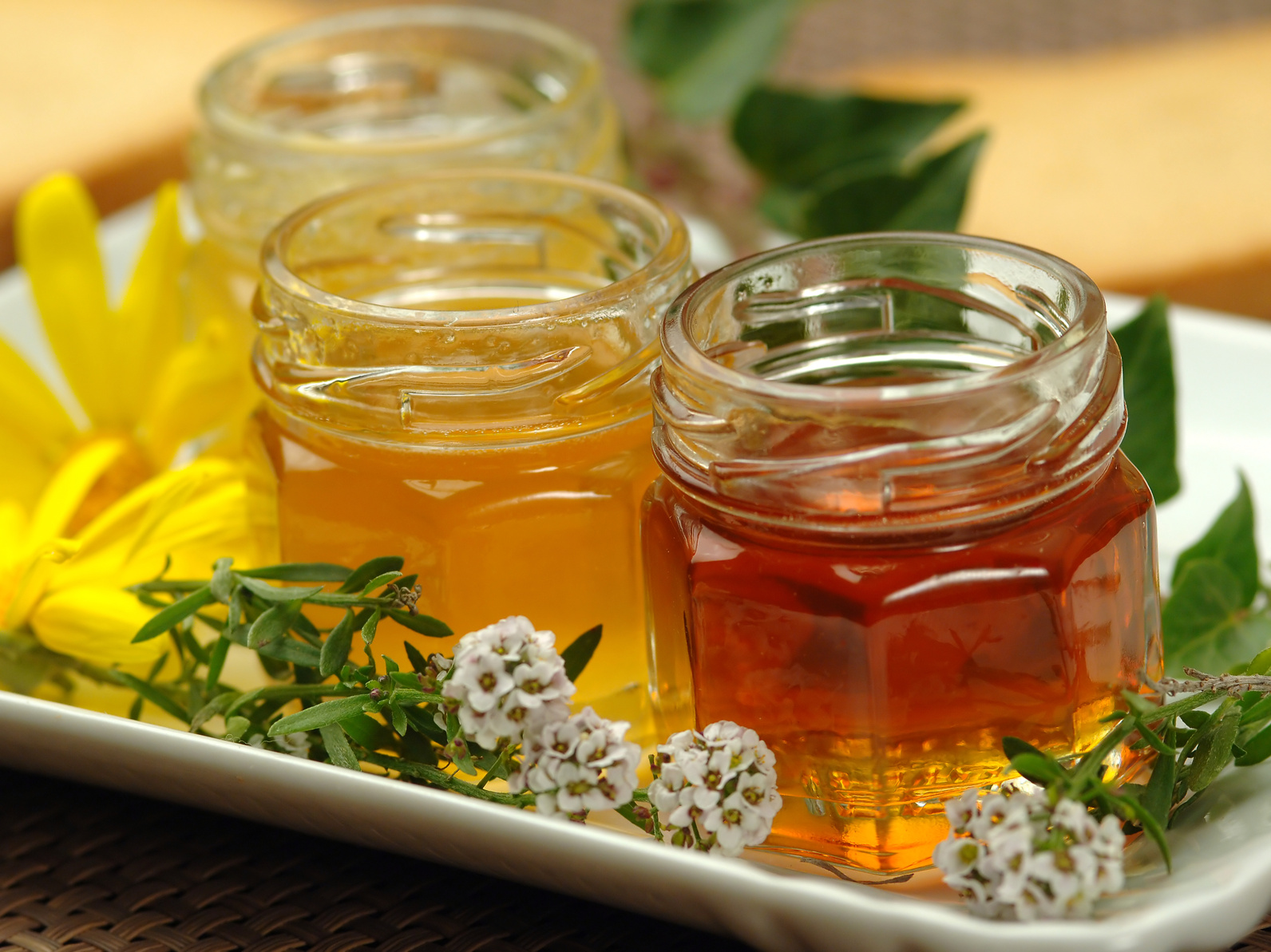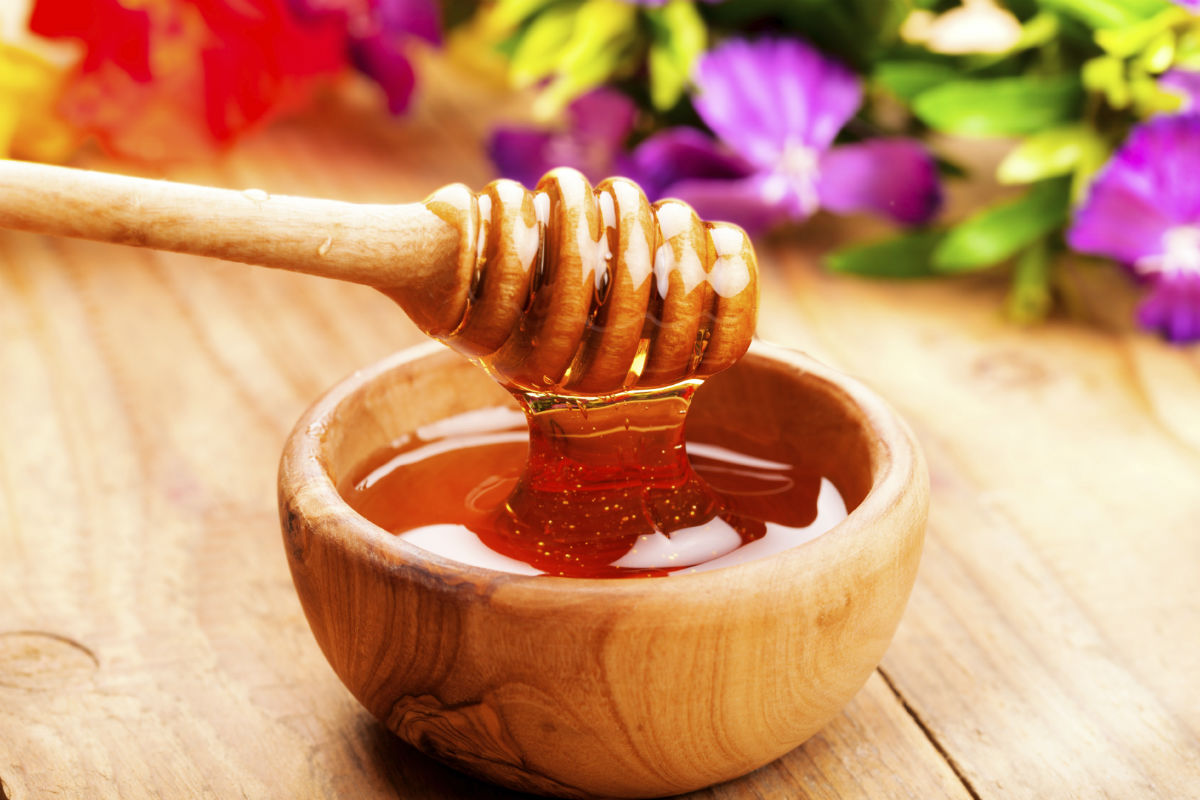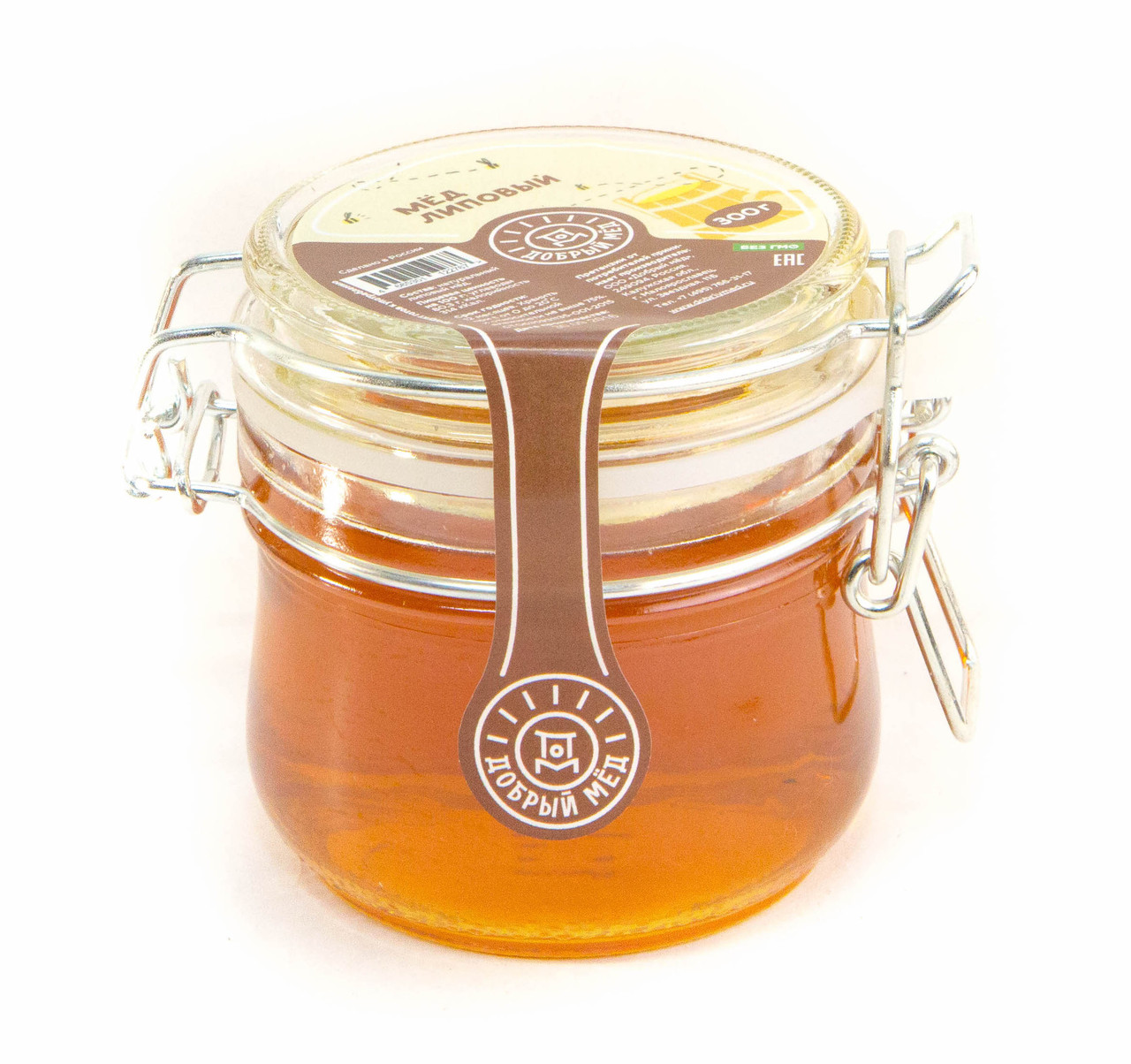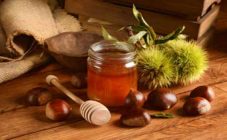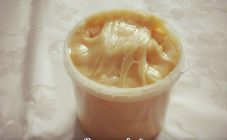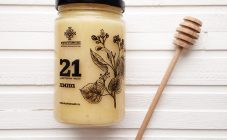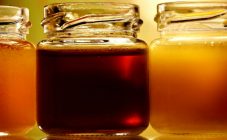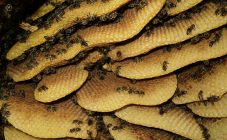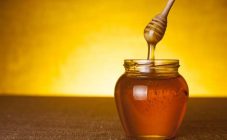Content:
A natural product, loved and respected since ancient times, whose unique healing and nutritional properties have not lost their relevance to this day, has a number of characteristics that determine its quality. And the density of honey takes a leading position among them.
What does the density of honey kg / l mean?
The density of any substance is the ratio of mass to the volume occupied by this mass. Otherwise, this parameter is called specific gravity. The concept is fully applicable to honey, moreover, it characterizes its quality.
When using a parameter, you have to keep in mind that it does not have a uniquely defined value. The density of honey ranges from 1.5-1.4 kg / l. Different sources can express specific gravity in other units - grams per liter, grams per cubic cm, per milliliter. If the density is below the standard, the product is diluted, higher - a variety of additives are mixed with it, depending on the conscience of the seller. It can be sugar, flour, starch, semolina.
Density variation is related to the moisture content of the product.
The amount of moisture in a natural product is determined by several important factors:
- Weather. If bees collect sweet nectar in wet weather, the moisture in the final product will be higher.
- The degree of maturity. With early pumping out of honeycombs that have not yet been sealed with wax, the specific gravity of bee honey will be lower. And since its fermentation is not complete, useful substances have not yet been synthesized. Vitamins B1, B2, B3, B6 and trace elements magnesium, potassium, iron, which it is famous for, are contained only in the product with a density of 1.409-1.510 kg / l.
- Storage conditions. An unsealed container contributes to a change in the density of even the mass that has had time to crystallize. The humidity of the room air directly affects the density due to the hygroscopicity of the product. When the concentration of water vapor is over 66%, honey absorbs moisture, below 58% it evaporates. In addition, the storage temperature and the inherent moisture content of the product directly affect the density. For example, a sweetness containing 20% moisture has a specific gravity of 1.415 g / cm³ at 15 ° C, and 1.403 g / cm³ at 20 ° C.
There are other factors that affect the density - the timing of collection by bees, general climatic conditions, the chemical composition of the product.
According to the last criterion, honey is divided into 5 groups according to the origin of raw materials:
- very liquid - harvested from acacia, clover, sunflower, or May;
- liquid - lime, melilot, rapeseed, chestnut, buckwheat;
- thick - dandelion;
- sticky - honeydew (collected from sweet secretions on the leaves of plants left by insects, or from the buds of deciduous or coniferous trees);
- jelly-like - heather.
Table 1. Dependence of honey density on its moisture saturation
| Moisture contents, % | Specific gravity, g / ml |
|---|---|
| 15 | 1.449 |
| 16 | 1.443 |
| 17 | 1.436 |
| 18 | 1.429 |
| 18.5 | 1.426 |
| 19 | 1.422 |
| 20 | 1.415 |
| 21 | 1.409 |
It is not worth counting on a product with 15-17% water in a regular market or fair, since such a product is cherished for their own needs. And 20-21% can already be considered a sign of poor quality. The main moisture content in honey for mass sale is 18-19%, therefore experienced buyers recommend taking the 18.5% level as the calculated one.
How much honey weighs in various containers
The density of a sweet product for the layman is important not only for assessing its quality. It is worth knowing this indicator in order not to get into a mess when buying or using.
How much honey is in a teaspoon and tablespoon
The product is used in cooking, cosmetology, and treatment. In recipes, the required amount is indicated in different ways: by volumetric measures (glass, teaspoon or tablespoon) or by weight in grams. The latter usually causes difficulties, how to measure, for example, 7 g of the product needed to prepare a medicinal infusion.
Tables come to the rescue, with the help of which it is enough to simply measure the required amount of the component.
Table 2. How to measure honey with a spoon
| Weight, g | Teaspoons | Heaped teaspoons | Tablespoons | Heaped tablespoons | |
|---|---|---|---|---|---|
| 10 | 0.8 | 0.5 | 0.6 | 0.3 | |
| 20 | 1.7 | 1 | 1.2 | 0.6 | |
| 50 | 4.2 | 2.5 | 2.9 | 1.5 | |
| 100 | 8.3 | 5 | 5.9 | 3 | |
| 150 | 12.5 | 7.5 | 8.8 | 7.5 | |
| 200 | 16.7 | 10 | 11.8 | 6.1 |
Usually, a simpler calculation is used based on the average values of the sizes of cutlery:
- 1 tsp - 7-10 g;
- 1 tbsp. spoon - 21-25 g;
- 1 faceted st. (200 ml) - 280-300 g;
- 1 tea (thin) tbsp. 250 ml - 350-380 g.
How much sweets are in the jar
It is equally important to know how much honey is in a flask or jar - liter, half liter, etc. After all, this is how beekeepers sell it in retail outlets. The buyer usually has to believe the seller's words that a three-liter bottle is 5 kg of product. In fact, no more than 4.5.
Table 3. How many kg in a jar of honey
| Can volume, l | Weight, g |
|---|---|
| 0.5 | 750 |
| 1 | 1500 |
| 2 | 3000 |
| 3 | 4500 |
According to the table, it is easy to calculate how many kg of honey are in a flask. A standard 40 liter container holds 56 to 60 kg of valuable product. A kilogram of a quality substance is placed in a 0.8 liter jar.
In order not to be fooled, beekeepers respecting their work recommend remembering the weight of the cans:
- 0.5 l - 180-260 g;
- 1 l - 360-400 g;
- 2 l - 700 g;
- 3 l - 920 g.
Knowing these data, they quite accurately determine the quality of the sweetness, which the seller has already put in the banks. If we are talking about a 3-liter container, its total weight (gross) is approximately 5.4 kg. A deviation of 10% is not considered a disaster, it may be due to the characteristics of the container itself.
The season of the purchase is also taken into account. Again, it is known from the school physics course that all bodies increase their volume when heated, and honey is no exception. If it is hot outside, its volume increases by 5%, i.e., the specific gravity decreases slightly. In the cold, the volume, on the contrary, decreases to 10%, which means that the density increases. In other words, a jar of bee products put on the scales has different weights in summer and winter.
As a result, when buying honey, to make sure that it is of high quality, they act as follows:
- put the jar on the scales;
- subtract the mass of the can from the total weight;
- the residue is evaluated: how much it complies with the standards, taking into account the air temperature and the permissible deviation of the net weight of the product (depending on the grade), which is about 25 g / l.
There are many ways to check quality, including laboratory tests. But evaluating a product by its density - the ratio of mass to volume - is quite simple, you only need to remember a few numbers. High-quality honey will fully justify all material costs, bring pleasure, and strengthen health.
